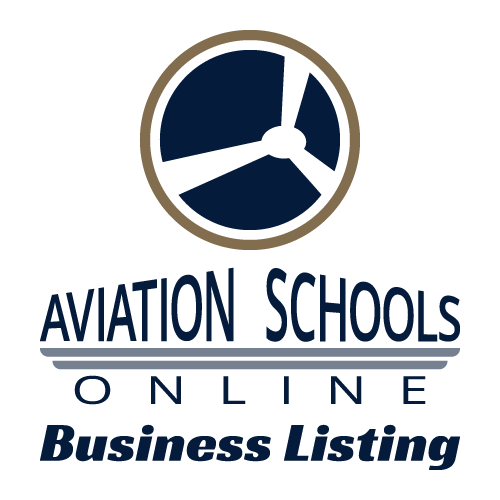For local resources,
choose a city page in Oklahoma:
Commercial Pilot Jobs Oklahoma
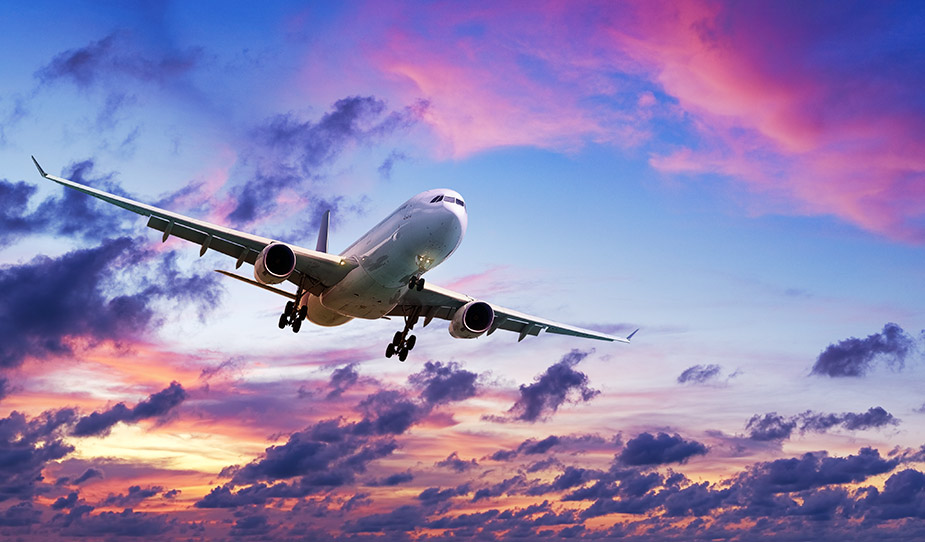
Oklahoma Commercial Pilot Salary - How Much Do Commercial Pilots Make?
Commercial Pilot Benefits
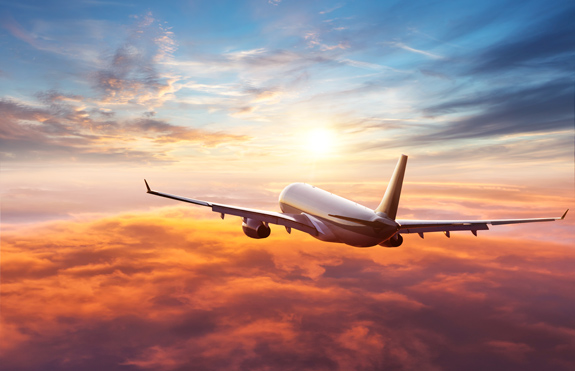
Depending on the company you work for, as a commercial pilot you may be eligible to receive health insurance, life insurance, and disability benefits, along with retirement plans and "per diem" pay for longer trips, but these benefits are fairly rare for most commercial pilot jobs.
Seniority Affects Pay
As a new commercial pilot, you can expect to make entry level pay, fly older, less sophisticated aircraft, and fly less desirable routes and schedules. New commercial pilots typically must "pay their dues" in this role in order to accumulate the required hours to apply for better jobs and move up the career ladder into higher paying jobs. Get more information about commercial pilot training.
Pilot Training - What you need to know to fly for a living
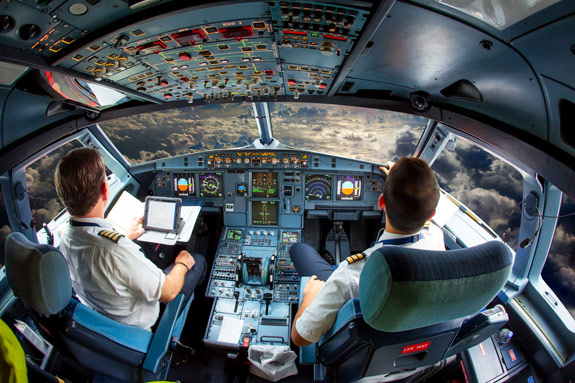
Commercial pilots with two years of college or more have an advantage over pilots with only a high school diploma. However, many operations do hire pilots with only a high school education. Pilots who have degrees in aviation-related fields like aeronautics have a better chance of landing a job. If you want to become a commercial pilot, there are two routes to take: military or civilian training. Military training is only a viable option for people with top grades and a four year degree, as competition for military flying slots is fierce, to say the least. The majority of new commercial pilot training occurs at flight schools, flight academies, and colleges with flight training programs.
Where to Find Commercial Pilot Training Near Oklahoma
Most schools, academies, and colleges offer pilot training for people with no experience. These programs will have a base price for earning all the required licenses and ratings to become a commercial pilot and begin building your flight hours to find a job. Keep in mind that the quoted price is for people who progress at the "average" rate, so the price can go lower or higher, depending on your personal progress.
Building Commercial Pilot Hours
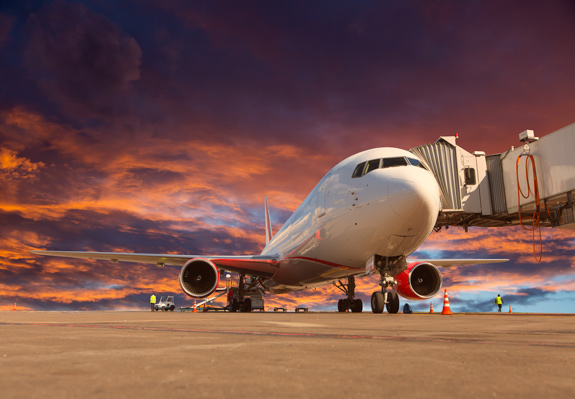
Since you will need to build flight hours after earning your licenses and ratings, it's important to find a flight school or academy that offers jobs to its graduates. This way, assuming you are professional in your approach to flying and the flight training environment, you are virtually assured of having your first "commercial pilot" job after graduation, and have a chance to build those flight hours and experience you need to move on to your next position. Learn about commercial pilot jobs.
As a commercial pilot, you will be required to take additional training and check rides periodically, depending on the type of operation you work for, and the type of aircraft being flown. Ongoing training is a reality for all commercial pilots.
FAA - A History of Aircraft Structures Details for Oklahoma
There are five major stresses to which all aircraft are subjected: Bending. Bending stress is a combination of compression and tension. The rod in Figure 1-14E has been shortened (compressed) on the inside of the bend and stretched on the outside of the bend. A single member of the structure may be subjected to a combination of stresses. In most cases, the structural members are designed to carry end loads rather than side loads. They are designed to be subjected to tension or compression rather than bending.
Aviation Facts - High-Speed Aerodynamics
Listed below are a range of conditions that are encountered by aircraft as their designed speed increases. Subsonic conditions occur for Mach numbers less than one (100–350 mph). For the lowest subsonic conditions, compressibility can be ignored. As the speed of the object approaches the speed of sound, the flight Mach number is nearly equal to one, M = 1 (350–760 mph), and the flow is said to be transonic. At some locations on the object, the local speed of air exceeds the speed of sound. Compressibility effects are most important in transonic flows and lead to the early belief in a sound barrier. Flight faster than sound was thought to be impossible. In fact, the sound barrier was only an increase in the drag near sonic conditions because of compressibility effects. Because of the high drag associated with compressibility effects, aircraft are not operated in cruise conditions near Mach 1. Supersonic conditions occur for numbers greater than Mach 1, but less than Mach 3 (760–2,280mph). Compressibility effects of gas are important in the design of supersonic aircraft because of the shockwaves that are generated by the surface of the object. For high supersonic speeds, between Mach 3 and Mach 5 (2,280–3,600 mph), aerodynamic heating becomes a very important factor in aircraft design. For speeds greater than Mach 5, the flow is said to be hypersonic. At these speeds, some of the energy of the object now goes into exciting the chemical bonds which hold together the nitrogen and oxygen molecules of the air. At hypersonic speeds, the chemistry of the air must be considered when determining forces on the object. When the space shuttle re-enters the atmosphere at high hypersonic speeds, close to Mach 25, the heated air becomes an ionized plasma of gas, and the spacecraft must be insulated ted from the extremely high temperatures.
